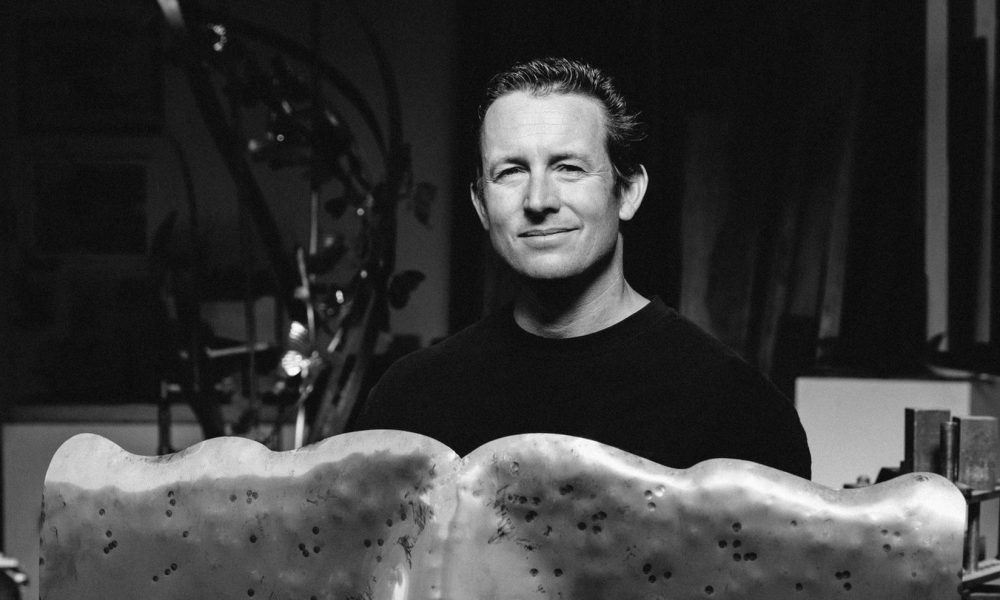

Today we’d like to introduce you to Casey Parlette.
Casey, we appreciate you taking the time to share your story with us today. Where does your story begin?
Growing up in Southern California, I spent a lot of time among the local wildlife as I explored the nearby hills and ocean. Inspired by the fish, birds, and plants I saw, I began sculpting at a young age. After graduating from UCLA with a degree in anthropology, I was recruited to work as a commercial diver before being hired as a career ocean lifeguard. During vacations and between jobs, I operated underwater cameras in exotic seas for the award-winning TV series Inside Sportfishing and adventured into remote areas of the world. For eight months, I lived in the Peruvian Amazon where I discovered a previously unknown species of fish, which has been officially classified as Rivulus Parlettei. A naturalist at heart, I credit my life experiences inspiring and influencing my art. Currently sculpting full-time, I live in Laguna Beach with my wife, Gina, and son, Brooks.
Can you talk to us a bit about the challenges and lessons you’ve learned along the way. Looking back would you say it’s been easy or smooth in retrospect?
For ten years, I worked my day job as a full-time lifeguard and did my sculpture work full time as well. Juggling both full-time jobs was a challenge. When Brooks came along, I missed out on a lot of the first year of his life. I realized it was time to put all my energy into my sculpture work and be present for my son. That decision has made a huge impact on my sculpture work and although I still work pretty much every day, I have the schedule flexibility to be present for my family.
Appreciate you sharing that. What else should we know about what you do?
With the natural world as a never-ending source of inspiration and subject matter, I use a wide variety of materials and techniques when I’m working to capture the real-life characteristics of a plant or animal. I choose from different species of wood in an effort to have the piece resemble as much as possible the natural patterns, colors, and textures of the subject matter. The wavy pattern in curly redwood, for example, is similar to the stripes of a tiger shark, and a large manzanita burl may give way to an octopus once the wood around it is carved away. Wood truly is infinitely beautiful and full of life. In contrast, sheets and rods of metal are sterile — until a combination of blacksmithing and metal fabrication hammers life into them, at which point they give way to a myriad of shapes and textures. I use metals ranging from steel and stainless steel to bronze and titanium. The unique qualities of every metal lend themselves to different sculptures and subject matter. Carving stone results in something colorful and beautiful that will be around forever. Combinations of these materials harness the best qualities of each. Ideally, the unique final product expresses something of the majesty and beauty of nature.
What quality or characteristic do you feel is most important to your success?
Making art for a living requires a lot of different things to come together. You have to blend a creative vision with a lot of hard work and dedication. I think that all of your life experiences add their flavor to the work. Still, the work would never come to life without a lot of hard work and dedication.
Contact Info:
- Email: [email protected]
- Website: www.caseyparlette.com
- Instagram: caseyparlettesculpture
- Facebook: caseyparlettesculpture





Image Credits:
Photo of me by: Gage hingeley sculpture photos by: Pat Rogers











